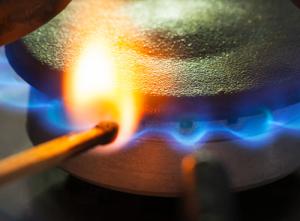January's PPI report

The Consumer Price Index report for January showed that year-over-year electricity price increases, 11.9 percent, are still outpacing general inflation, 6.4 percent.
But February 14's Producer Price Index report for January showed that year-over-year natural gas prices paid by electric generators decreased by 3.3 percent. This reflects the dramatic drop in natural gas prices that’s going on right now in the commodity markets.
This is big because natural gas price changes in those markets are reflected in electricity prices, albeit with a time lag. When gas prices start rising, electricity prices start rising too, though a few months later. Conversely, when gas prices start falling, electricity prices start falling too, though again a few months later.
Since early December, natural gas prices have been plunging in the commodity markets. On the fifteenth of December, the price was $6.97 per million BTU. Yesterday the price was $2.46. That’s a sixty-five percent drop in two months’ time.
Since early April of 2021, nearly two years ago, natural gas prices have been higher — usually much higher — than where they are now. A year ago, when Russia’s invasion of Ukraine began, the price was $5.23 per million BTU. Gas prices have been consistently higher during this terrible war — once nearly reaching $10 — until these last few weeks.
As we get deeper into 2023, it would not be a surprise to see electricity price increases moderate as electric generators and their wholesale markets are able to integrate commodity gas prices in their cost structures.



